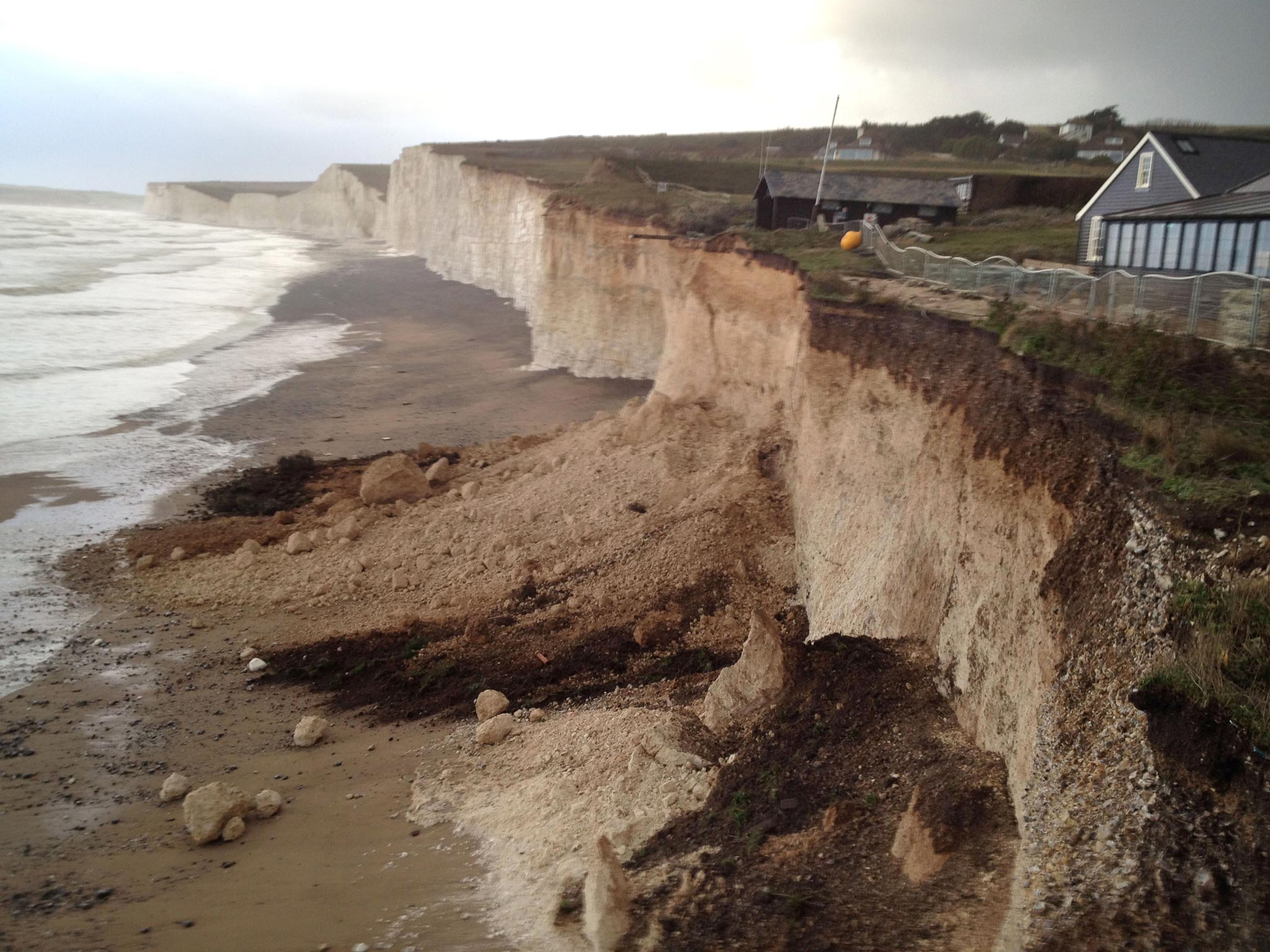UK weather: British coasts suffer years of erosion in 'hours' of storms, says National Trust

Your support helps us to tell the story
From reproductive rights to climate change to Big Tech, The Independent is on the ground when the story is developing. Whether it's investigating the financials of Elon Musk's pro-Trump PAC or producing our latest documentary, 'The A Word', which shines a light on the American women fighting for reproductive rights, we know how important it is to parse out the facts from the messaging.
At such a critical moment in US history, we need reporters on the ground. Your donation allows us to keep sending journalists to speak to both sides of the story.
The Independent is trusted by Americans across the entire political spectrum. And unlike many other quality news outlets, we choose not to lock Americans out of our reporting and analysis with paywalls. We believe quality journalism should be available to everyone, paid for by those who can afford it.
Your support makes all the difference.Some of Britain’s most famous sections of coastline have suffered years of erosion and damage in just a few weeks, or in some cases hours, as a result of the winter storms, the National Trust has said.
The high winds and waves that have repeatedly battered the UK have left cliffs crumbling, beaches and sand dunes eroded, defences breached and shorelines and harbours damaged.
The storms have caused the kind of damage the Trust was expecting, but not for some years to come, and the organisation is warning that with more extreme weather predicted, the rate of change on the coasts will speed up.
At Birling Gap on the East Sussex coast, which marks the start of the white chalk cliffs of the Seven Sisters, the speed of erosion has been “breathtaking”, according to Jane Cecil, National Trust general manager for the South Downs.
“We’ve had about seven years of erosion in just two months. As a result, we are having to act now and take down the sun lounge and ice cream parlour. We have to think long term,” she said.
At Rhossili on the Gower Peninsula, constant rain and relentless stormy weather has washed away the main access path for the sandy beach, and it will need to be rebuilt so that it can be easily repaired and realigned to cope with future erosion.
Alan Kearsley-Evans, the Trust’s countryside manager for Gower, said: “We’d be planning for this happening but in 10 years’ time, not now.”
At Formby, on the Sefton coast in Merseyside, the storms have seen sand dunes eroding faster than predicted.
Kate Martin, area ranger at Formby, said: “In December we had two years of erosion in one afternoon and we’re working hard to look at how we manage this intense change at a much-loved stretch of the Sefton coast, as dunes are lost and access points become more difficult to manage.”
Other sites affected by the winter storms include Mullion Harbour in Cornwall, important wildlife sites at Blakeney, Norfolk, and Orford Ness, Suffolk, as well as Murlough national nature reserve in Northern Ireland, and Brownsea Island, Dorset.
PA
Join our commenting forum
Join thought-provoking conversations, follow other Independent readers and see their replies
Comments